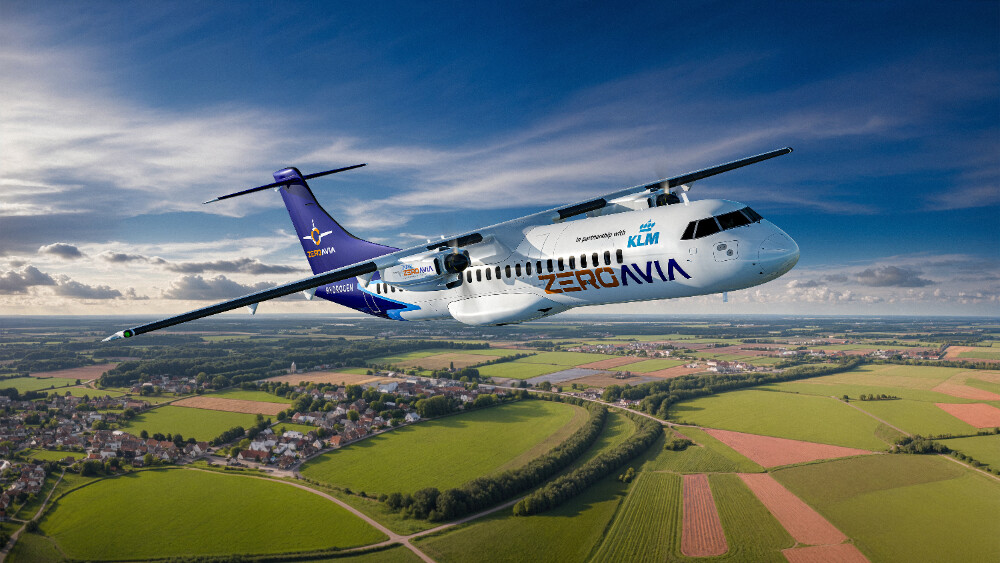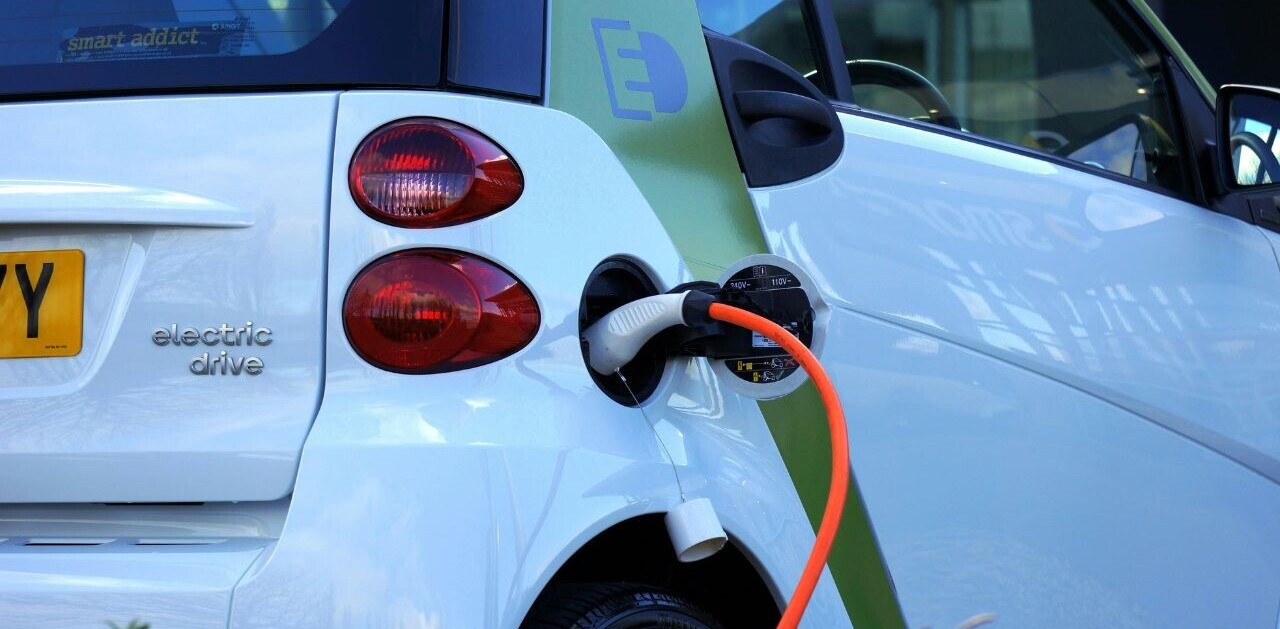
Dutch airline KLM has teamed up with British-American startup ZeroAvia to develop a liquid hydrogen-powered turboprop aircraft. The partners aim to conduct a flight demonstration between two yet-to-be-named airports in 2026.
ZeroAvia builds hydrogen-electric powertrains that can be retrofitted onto new or existing aircraft. The company has raised over $300mn from the likes of Airbus, Amazon, and British Airways to realise its vision for zero-emission flight.
Hydrogen-electric engines use hydrogen in fuel cells to generate electricity. This then powers electric motors that turn the aircraft’s propellers. The only emission is water vapour.

In 2021, ZeroAvia announced its plans to develop a new engine — the ZA2000 — capable of propelling an 80-passenger aircraft up to 1,600 kilometres. The engine will be retrofitted to a large regional turboprop, like the ATR72 or the Dash 8 400.
KLM will now help ZeroAvia identify the flight route and the right airports for this bigger aircraft to depart and land at. It will also assist with acquiring the regulatory permits to fly and ensuring a supply of liquid hydrogen fuel. The Netherlands is the second largest producer of hydrogen in Europe, behind Germany.
KLM and ZeroAvia hope the demonstration flight will accelerate the development of hydrogen aircraft across the EU.
ZeroAvia has already flown its first plane dozens of times — a 19-seat Dornier 228 retrofitted with its ZA600 engine. That plane runs on hydrogen gas. But the ZA2000, fuelled by liquid hydrogen, is another kettle of fish.
Liquid hydrogen-powered aircraft
While a lot denser than hydrogen gas — and hence a much-better fuel for flight — liquid hydrogen only becomes liquid at extremely low temperatures. This means ZeroAvia has to develop expensive cryogenic tanks capable of storing the fuel below -252.87°C.
Several industries, including aerospace, already use cryogenic liquid hydrogen storage tanks. Europe’s Ariane 6 rocket uses liquid hydrogen to propel into space. However, the safety requirements for space launchers are different than for commercial aircraft, which would have to endure tens of thousands take-offs and landings. These planes would also need to keep the hydrogen in the liquid state for much longer.
While many challenges lie ahead, ZeroAvia says it has already performed “advanced ground tests” in the US and UK for the ZA2000 system, including the cryogenic tanks. Airbus, which is also a ZeroAvia shareholder, is developing its own hydrogen-electric systems for aircraft.
The startup aims to start selling the ZA2000 powertrain in 2027, a year after the planned demonstration flight. The company has over 2,000 pre-orders for its ZA600 and ZA2000 powertrains from the likes of American Airlines, United Airlines, and Scottish startup carrier Ecojet.
Zero-emission flight?
As airlines across the world look to decarbonise, there are a few options on the table. The most mature technology is battery-electric. However, today’s batteries are not dense enough to take planes more than a few hundred kilometres.
Henri Werij, head of aerospace engineering at TU Delft, told TNW that liquid hydrogen-powered planes have the potential to travel up to 4,000 kilometres using today’s technology.
ZeroAvia claims that its hydrogen-electric powertrains will enable zero-emission flight. But whether hydrogen planes are truly clean depends entirely on how the hydrogen was made.
Almost all hydrogen today is produced using natural gas, coal, or oil. Only 1% is green hydrogen, made through electrolysis using renewable electricity.
“Everyone is presenting hydrogen as a clean energy source, but that’s simply not the case right now,” said Werij. “A lot of these claims depend on massive increases in the supply of green hydrogen.”
Get the TNW newsletter
Get the most important tech news in your inbox each week.





